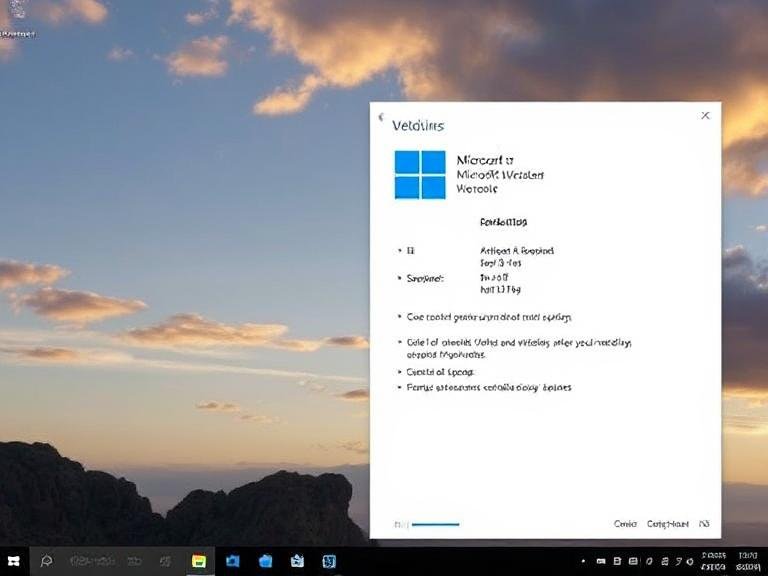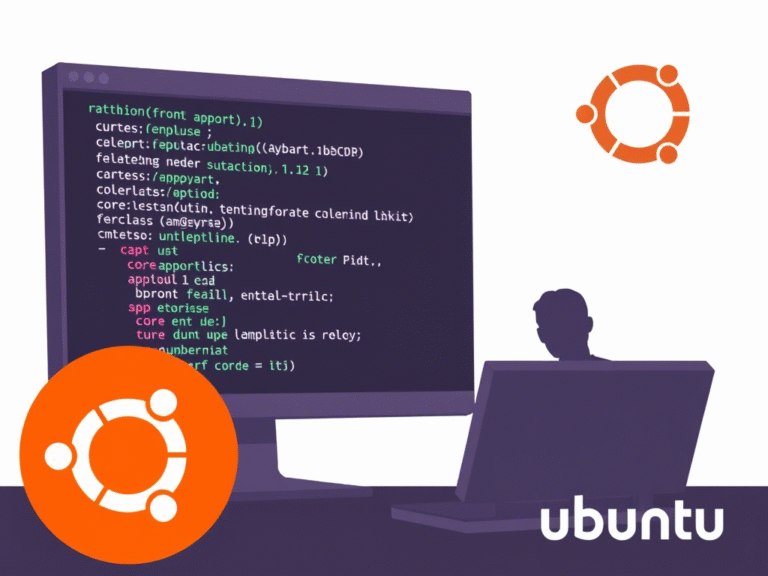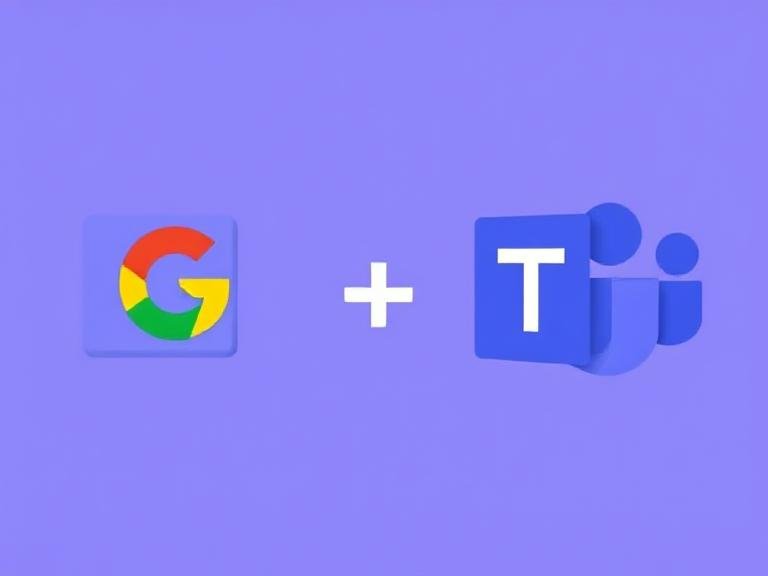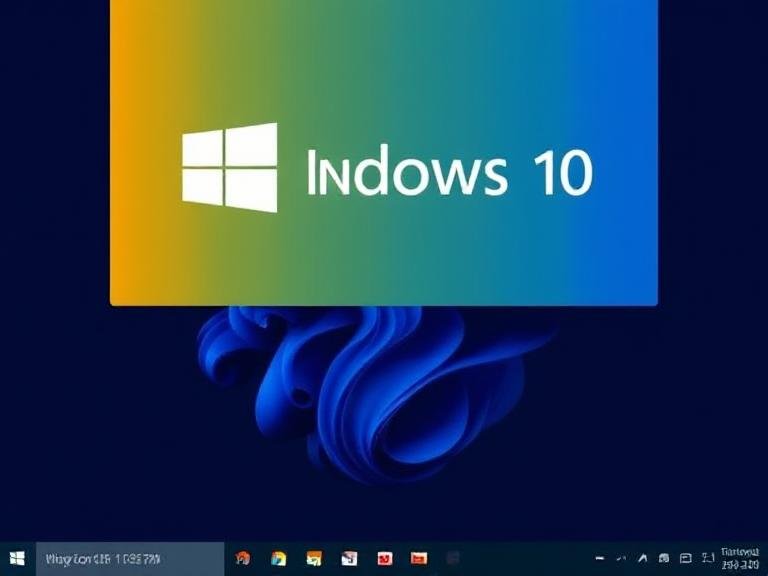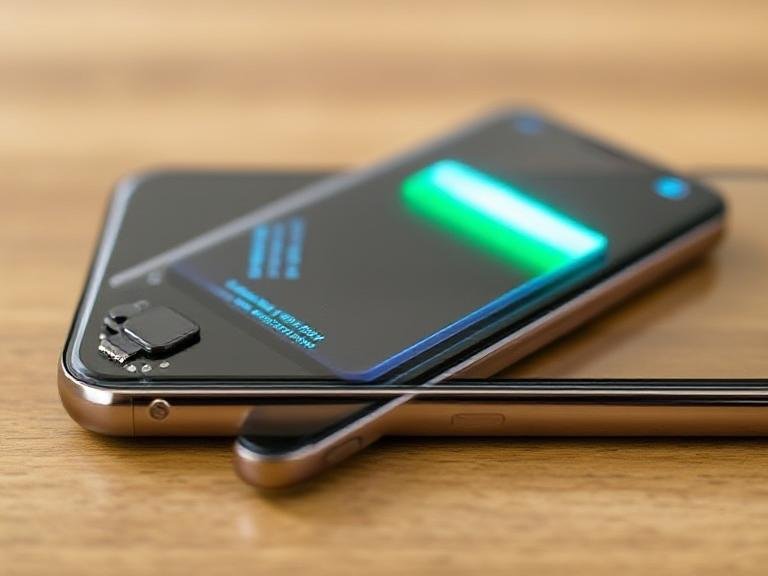Automatic Updates Are Now Forced on Microsoft Store Apps
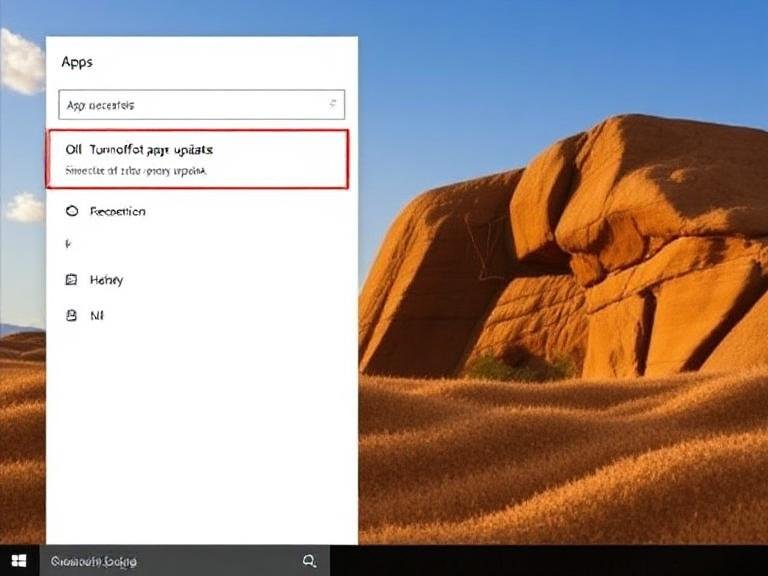
Automatic Updates Are Now Forced on Microsoft Store Apps
Over the past few years, the Microsoft Store on Windows 10 and 11 has transformed from a neglected platform into a more reliable destination for apps. Recent improvements — like showing when an app was last updated, smarter recommendations, and deeper integration with the operating system — have made it far more useful than it once was. As a result, more users are choosing to install software directly from the Store instead of searching for third-party download links.
More Users, More Developers
This growing trust isn’t just benefiting users. With Microsoft removing the registration fee for individual developers, the Store has also become more appealing to creators. More downloads mean more visibility, and that’s helping attract indie developers and small studios who previously avoided the platform. For a while, it seemed like Microsoft was finally getting the Store right — offering convenience, security, and choice all in one place.
But Now, Control Is Slipping Away
That progress may be taking a step back with a recent update that quietly changed how app updates work. Previously, users had the option to completely disable automatic updates in the Microsoft Store — giving them full control over when and how their apps were upgraded. Now, that option is gone. You can still pause updates, but only for a set period: one, two, three, four, or five weeks. After that, automatic updates turn back on, and your apps will update without asking.
A Forced Update Model
This approach isn’t new for Windows itself. The OS has long allowed only temporary delays for system updates before forcing them through. Microsoft’s reasoning is clear: security. Outdated software is a major risk, whether it’s the operating system or the apps running on it. By ensuring everything stays up to date, Microsoft aims to protect users from known vulnerabilities and exploits — even if it means overriding personal preferences.
This latest change fits into that same mindset. Just like how Microsoft recently updated built-in apps on clean Windows 11 24H2 installations to their latest versions, the goal is to prevent users from running old, potentially unsafe software from day one.
Not Everyone Is Happy
While the intention is sound, the loss of control doesn’t sit well with everyone. Power users, IT professionals, and people on limited internet plans often rely on managing updates manually. For them, being forced into automatic updates — even with a short delay — feels like a step backward in user freedom.
It also pushes the Windows experience closer to mobile platforms like iOS or Android, where background updates are the norm and user choice is limited. That works for casual users, but it doesn’t always suit those who need stability, predictability, or bandwidth control.
What Can You Do About It?
If you’re not comfortable with this new model, you’re not completely out of options. You can still download apps directly from official developer websites using standalone installers (.exe or .msi files). This method gives you full control over installation and updates — though it does come with its own risks if you’re not careful about sources.
A Glimmer of Hope in Windows 11 25H2
There’s some light on the horizon. Microsoft has signaled that Windows 11 version 25H2, expected later in the year, will introduce more customization options for built-in apps — including possible improvements to how the Microsoft Store behaves. While details are still scarce, there’s hope that users might regain more control in the future.
The Bottom Line
For now, if you use the Microsoft Store, your apps will update automatically — no exceptions. Microsoft is prioritizing security and simplicity over user choice, and this change is likely here to stay. Whether you see that as protection or overreach depends on how you use your PC. But one thing’s for sure: the era of fully disabling app updates in the Store is over.
